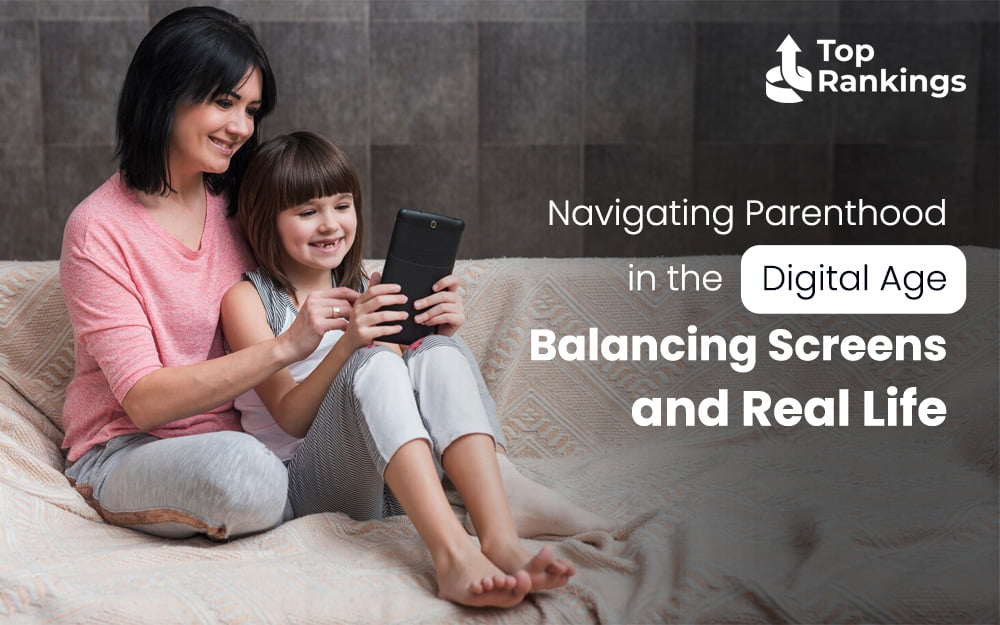
Parenting in the digital age has brought new challenges as well as opportunities. Parents now have to balance the benefits of technology with the necessity for face-to-face interactions since screens are present in every part of everyday life, from computers and TVs to smartphones and tablets. An organized strategy that emphasizes moderation, mindfulness, and real connection is necessary to navigate parenthood in the digital age.
The excessive amount of screen time that kids get exposed to in our digital age is one of the main concerns for parents. Overindulgence with digital devices can harm children’s physical, mental, and emotional health even while providing excellent educational materials and entertainment options. Overuse of screens has been linked to problems like obesity, sleep disorders, a decrease in social skills, and concentration deficits. Thus, establishing screen time limitations is essential to creating an even balance between virtual and offline activities.
Simply limiting screen time, though, is not sufficient. Parents must also set a good example for their children by being responsible online. Kids pick up bad screen habits from watching their parents, so adults need to set an example of good screen habits by setting limits on using devices during family time, valuing face-to-face relations, and spending time outside. Parents can foster a harmonious relationship with technology in the family dynamic by setting and maintaining boundaries.
Furthermore, managing parenthood in the digital age requires encouraging open conversations about technology. Children should be taught to openly share their interaction with technology, raise any concerns, and ask questions. Parents can address any concerns and help their children make informed choices by creating a supportive environment where kids feel comfortable talking about their internet experiences and activities.
Apart from setting limits while promoting conversation, parents may use technology to improve family bonds and enrich real experiences. Using interactive media and educational apps, for instance, can enhance traditional teaching strategies and encourage kids’ creativity and curiosity. Similarly, spending time together on arts and crafts, cooking, or outdoor trips can create enduring memories and improve bonds within the family.
Furthermore, parents and kids can have a healthier connection with technology by including mindfulness practices in regular activities. A sense of presence and awareness in the present moment can be developed by encouraging moments of mindfulness, such as turning off screens before bed or during meals. Parents may help their kids understand the value of putting down their devices and enjoying important times by integrating mindfulness practices into everyday activities.
In conclusion, parenting in the digital age requires a comprehensive strategy that emphasizes mindfulness, balance, and communication. Parents can develop a harmonious relationship with technology while fostering meaningful relationships and real-life experiences within the family by creating clear boundaries, modelling responsible digital conduct, encouraging open communication, using technology cautiously, and embracing moments of mindfulness. By doing this, parents can help their kids flourish in both online and offline settings and effectively handle the intricacies of the digital world.


No Comments yet!